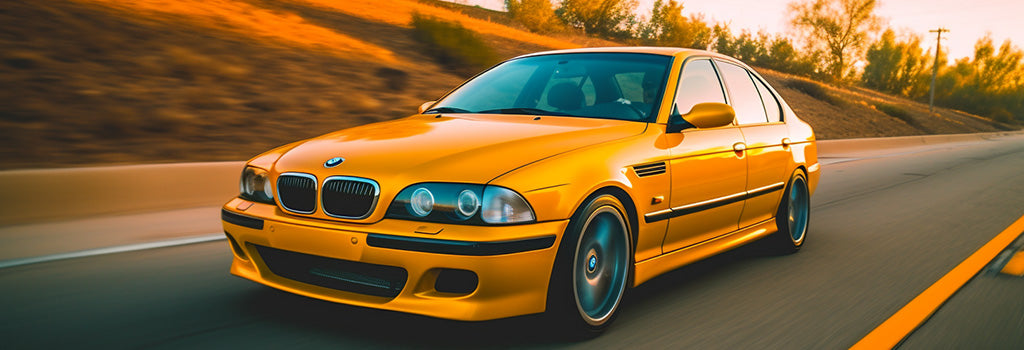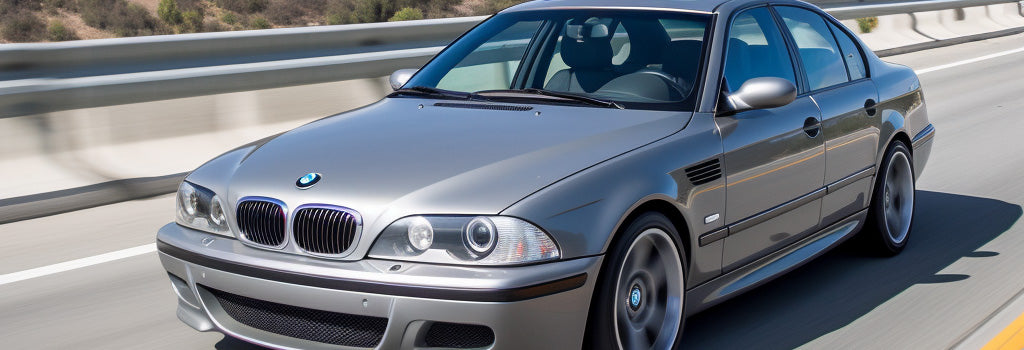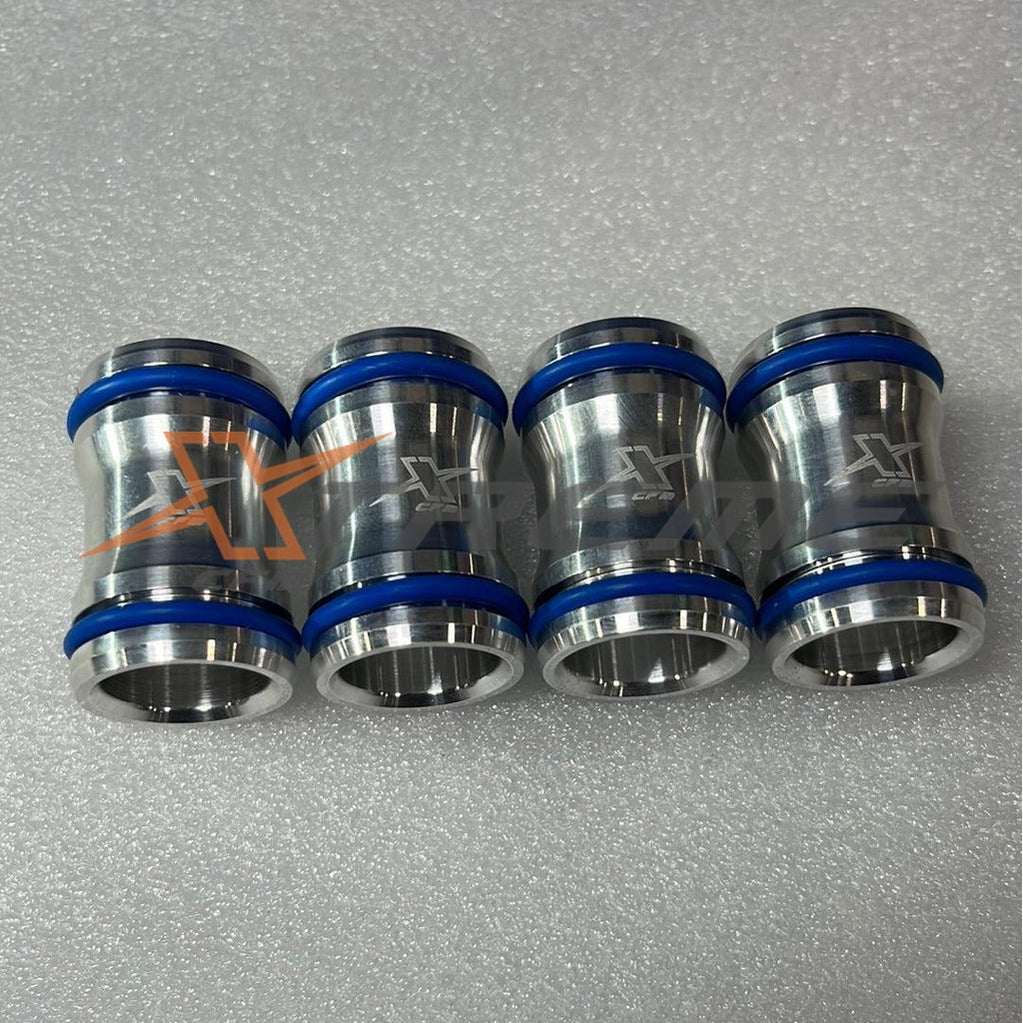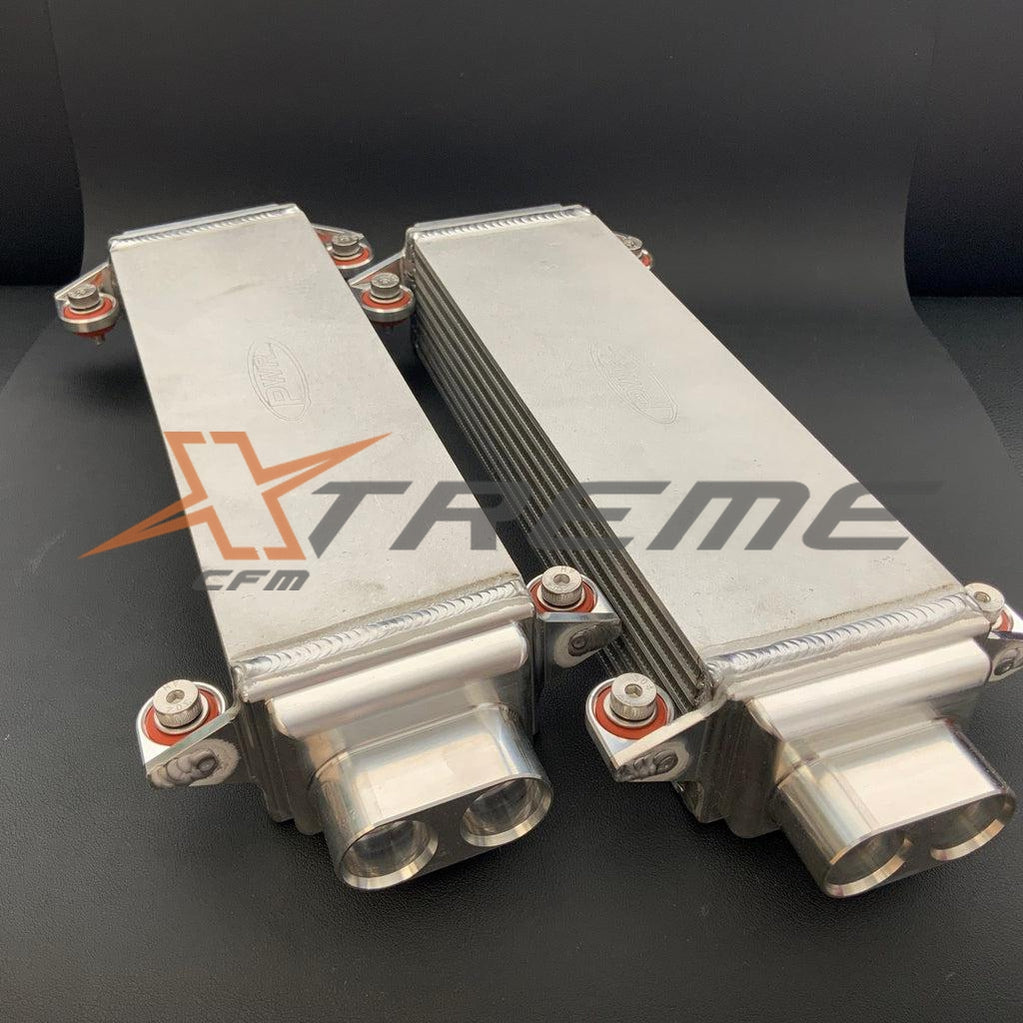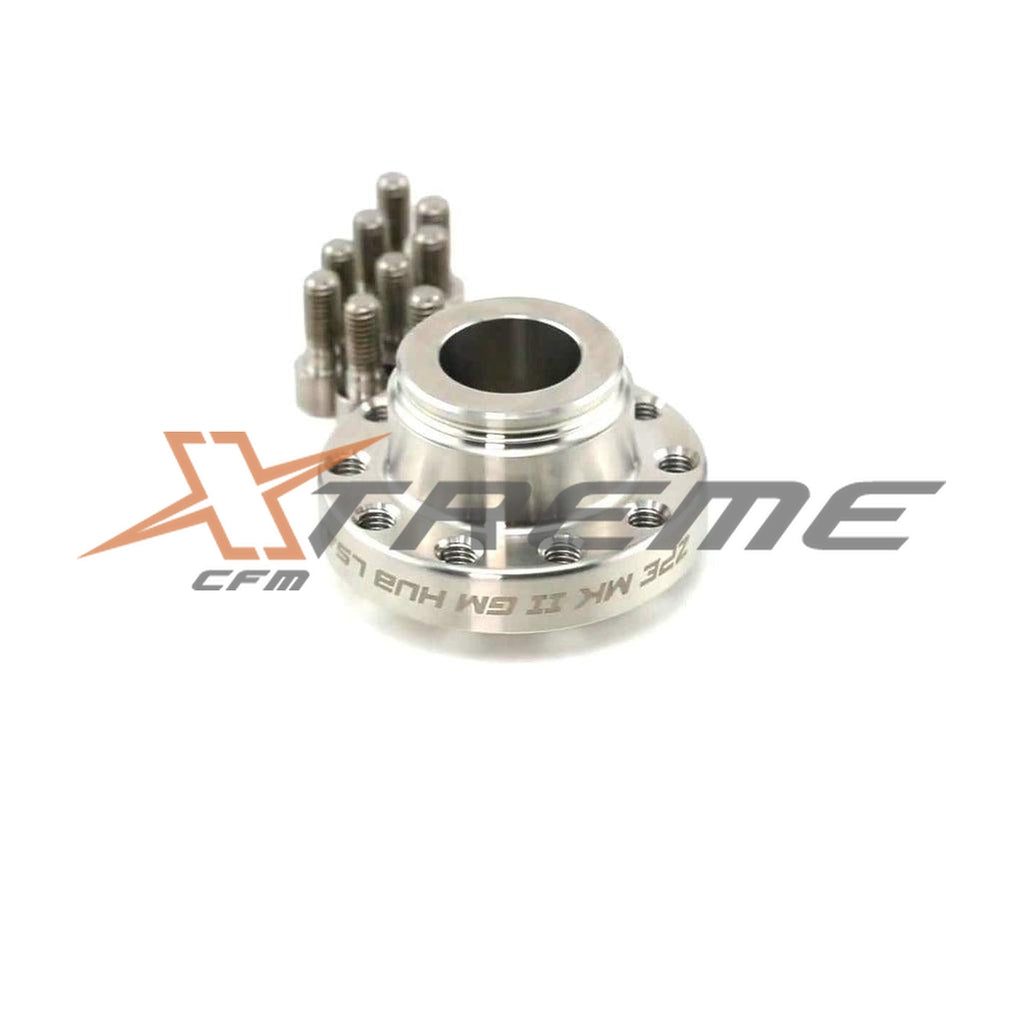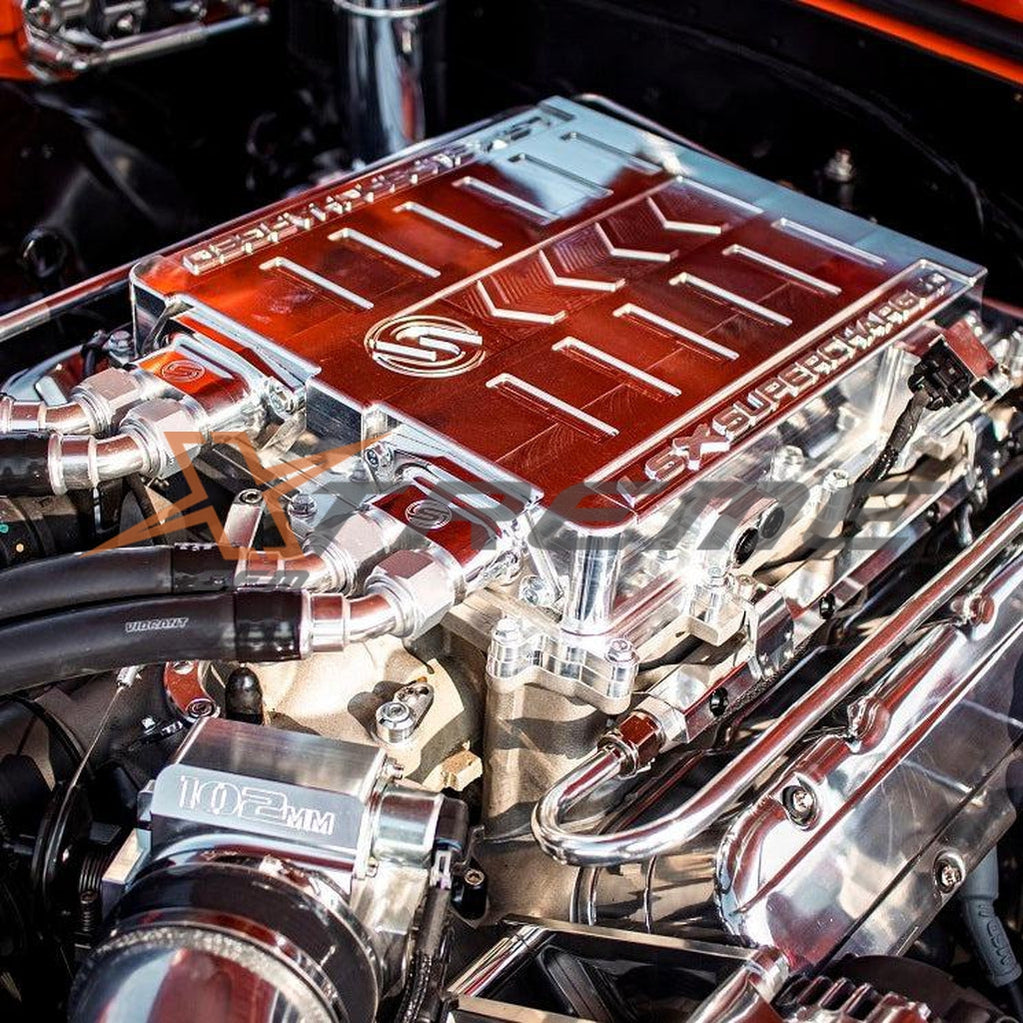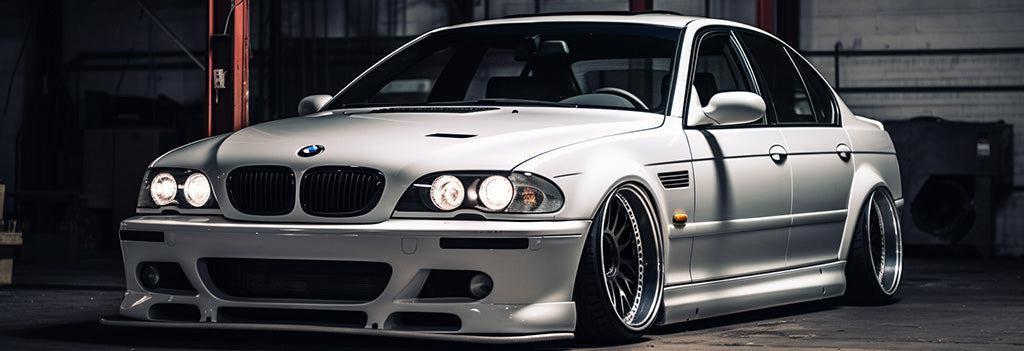
The Ultimate Guide to the 1998-2003 E39 BMW M5: Bimmer Power Unleashed
As a car enthusiast, you're always on the lookout for legendary vehicles that have etched their names in the annals of automotive history. The 1998-2003 E39 BMW M5 is one such car. This high-performance sedan, with its perfect blend of power, luxury, and handling, has become a classic. Join us on a trip down memory lane as we explore the history of this magnificent machine.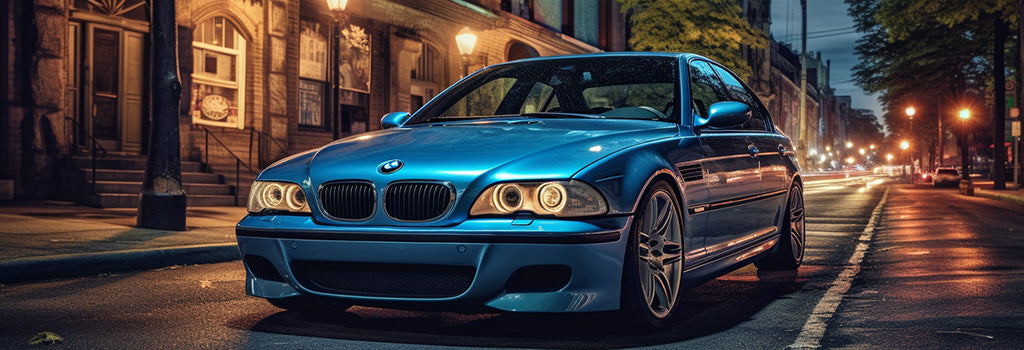
A Brief History of the E39 M5: The Birth of an Icon
The E39 M5 was introduced in 1998, and it quickly became the benchmark for performance sedans. At its heart was a 4.9-liter S62 V8 engine that produced a whopping 394 horsepower and 369 lb-ft of torque. With a 0-60 mph time of just 4.8 seconds, the M5 could keep up with many sports cars of its era. The top speed was electronically limited to 155 mph, but if you could find a way to remove the limiter, you'd be looking at a top speed of over 186 mph!
1998: The Genesis
The first E39 M5 rolled off the assembly line in 1998, featuring a six-speed manual transmission and a limited-slip differential. It was also equipped with a sport-tuned suspension, high-performance brakes, and a luxurious interior, making it a true wolf in sheep's clothing.

1999: More Power, More Fun
In 1999, the M5 received an upgrades which helped improve engine efficiency and power output. The result was a noticeable increase in performance and an even more thrilling driving experience.
2000: Special Editions and Color Options
The year 2000 saw the introduction of some special editions and new color options for the M5. One of the most notable was the Le Mans Blue (the best E39 M5 color), which has since become a highly sought-after color for this model.
2001: Enhanced Braking Performance
In 2001, the M5 received another upgrade, this time focusing on its braking capabilities. The brakes were improved with larger rotors and better heat dissipation, ensuring that the M5 could stop just as quickly as it could accelerate.
2002: Improved Handling
The 2002 M5 was all about handling improvements. The suspension was tweaked to provide better feedback and control, while the addition of a cooling system upgrade helped keep engine temperatures in check during spirited driving.
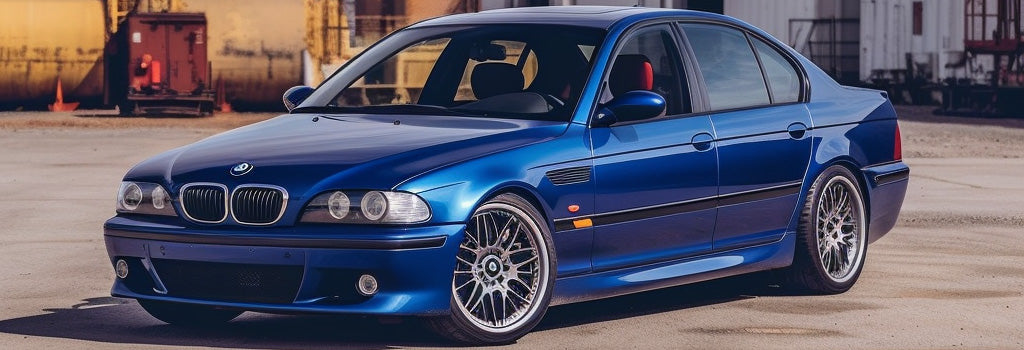
2003: The End of an Era
The final year of the E39 M5 saw no significant changes, but it marked the end of an era for this legendary vehicle. In total, 20,482 units of the E39 M5 were produced, making it a rare and desirable machine for car enthusiasts.
Fast Facts: E39 M5 Trivia
- The E39 M5 was the first M5 to feature a V8 engine.
- The E39 M5's S62 engine was based on the M62 engine found in the 540i, but with numerous performance upgrades.
- The M5 came standard with a six-speed manual transmission; no automatic option was offered (REPEAT.. NO AUTOMATICS).
- The M5 featured a unique quad exhaust system, a subtle hint at its performance pedigree.
- The E39 M5 was the last M5 to be hand-assembled at the BMW Motorsport facility in Garching, Germany.
- The M5's 18-inch "Style 65" wheels were designed to accommodate the larger brakes and improve handling. 7. The E39 M5 was featured in the 2000 film "Gone in 60 Seconds," further cementing its status as a performance icon.
- The M5 was available with a wide range of interior trim options, including wood, aluminum, and carbon fiber.

Frequently Asked Questions
Q: How many E39 M5s were produced? A: A total of 20,482 units of the E39 M5 were produced between 1998 and 2003.
Q: What is the top speed of the E39 M5? A: The E39 M5's top speed was electronically limited to 155 mph, but with the limiter removed, it could reach speeds of over 186 mph.
Q: What engine does the E39 M5 use? A: The E39 M5 is powered by a 4.9-liter S62 V8 engine that produces 394 horsepower and 369 lb-ft of torque.
Q: What transmission options were available for the E39 M5? A: The E39 M5 was only available with a six-speed manual transmission. No automatic option was offered.
Q: Are there any special edition E39 M5 models? A: While there were no official special edition models, BMW did produce some unique color options and limited production runs, such as the Le Mans Blue M5.
Aftermarket Upgrades for the E39 M5
The E39 M5 is a fantastic platform for aftermarket upgrades, and many owners choose to take their cars to the next level with performance enhancements. Some of the most popular modifications for the E39 M5 include:
- Cold air intakes to improve engine breathing and increase horsepower.
- High-performance brake pads and rotors for improved stopping power.
- Suspension upgrades, such as coilovers or sway bars, for better handling and cornering capabilities.
- Exhaust systems to unleash the V8's full potential and improve the soundtrack.
- Performance software tuning for increased power output and improved throttle response.
- Lightweight wheels and performance tires for better grip and reduced unsprung weight.
- Short shift kits to improve gear shift precision and reduce shift times.
In Conclusion: The E39 M5's Lasting Legacy
The E39 BMW M5 remains one of the most iconic performance sedans ever produced, with its perfect blend of power, luxury, and handling. Its timeless design and legendary status ensure that it will continue to be a sought-after vehicle for car enthusiasts and collectors alike. If you ever get the chance to own or drive one of these magnificent machines, consider yourself lucky – you'll be experiencing a piece of automotive history that few others will ever have the privilege to enjoy.
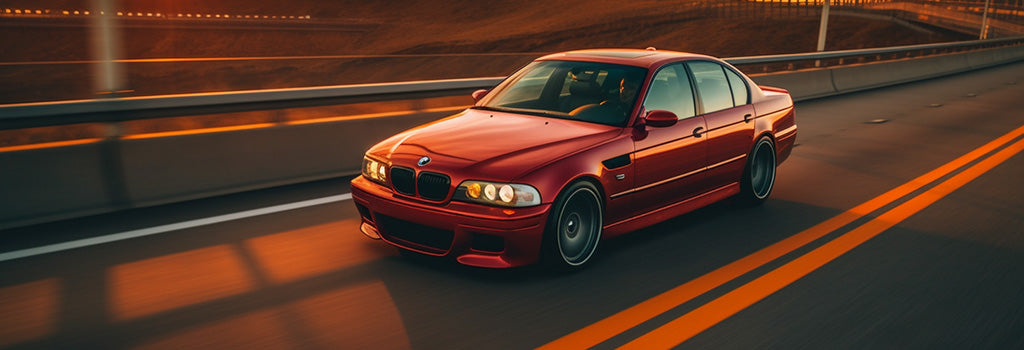
- Choosing a selection results in a full page refresh.

